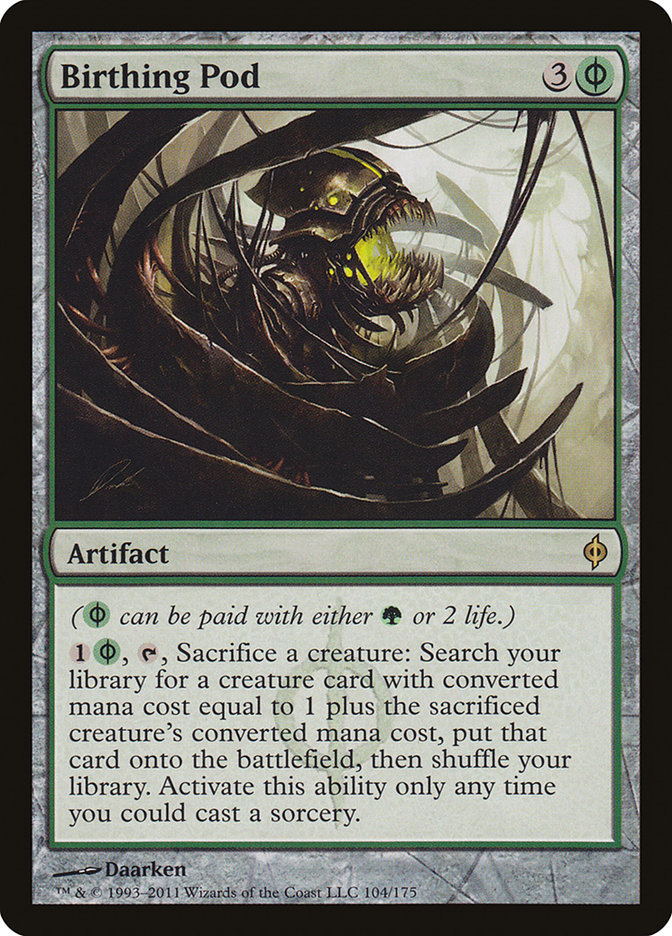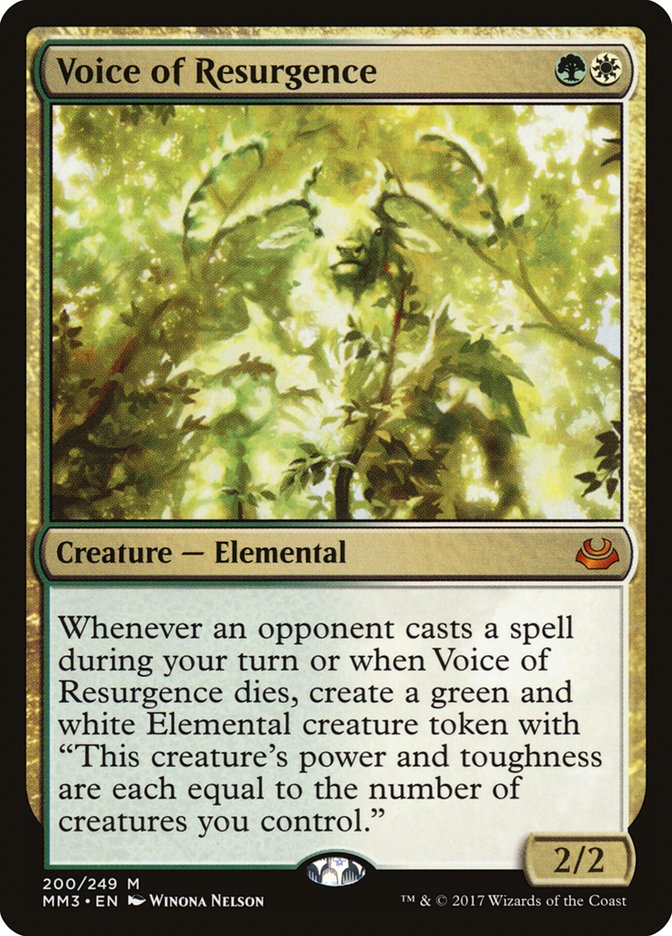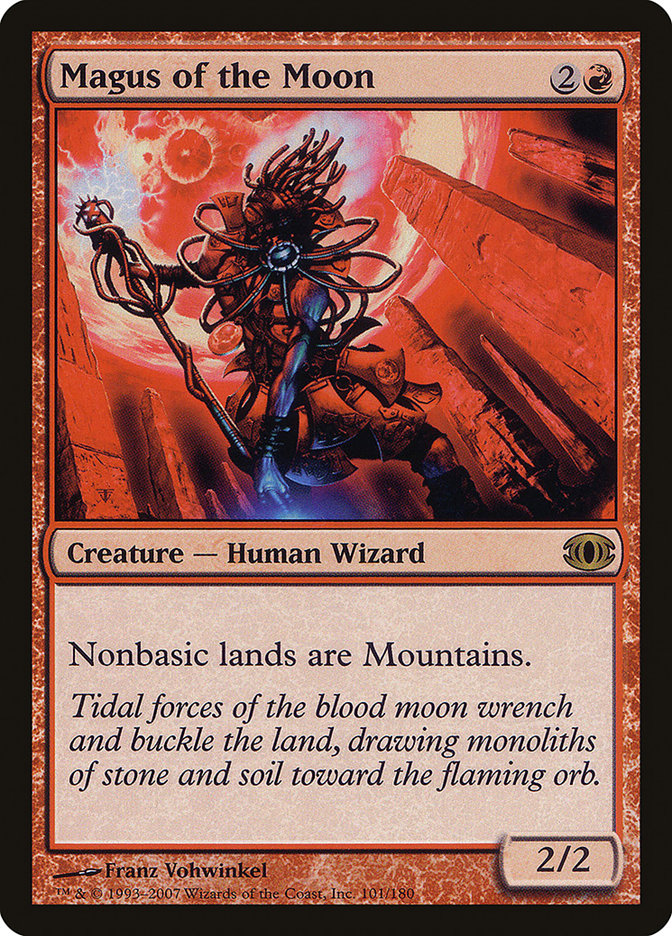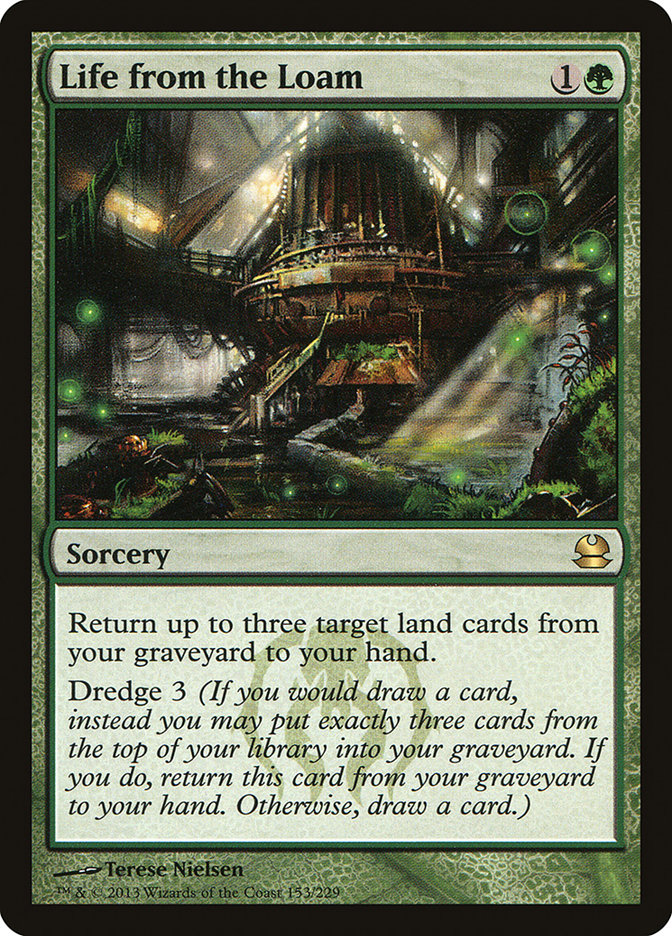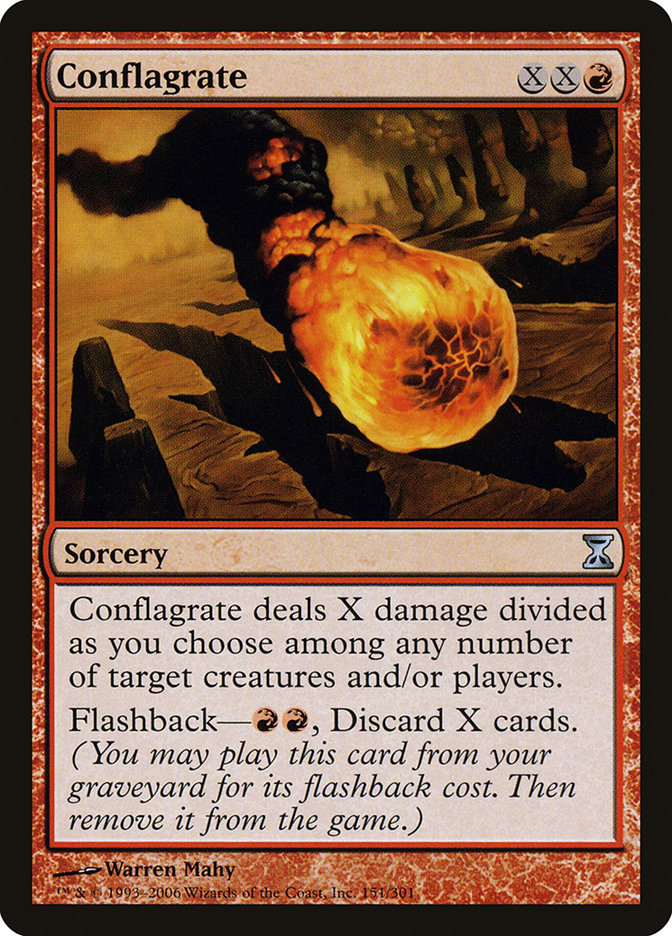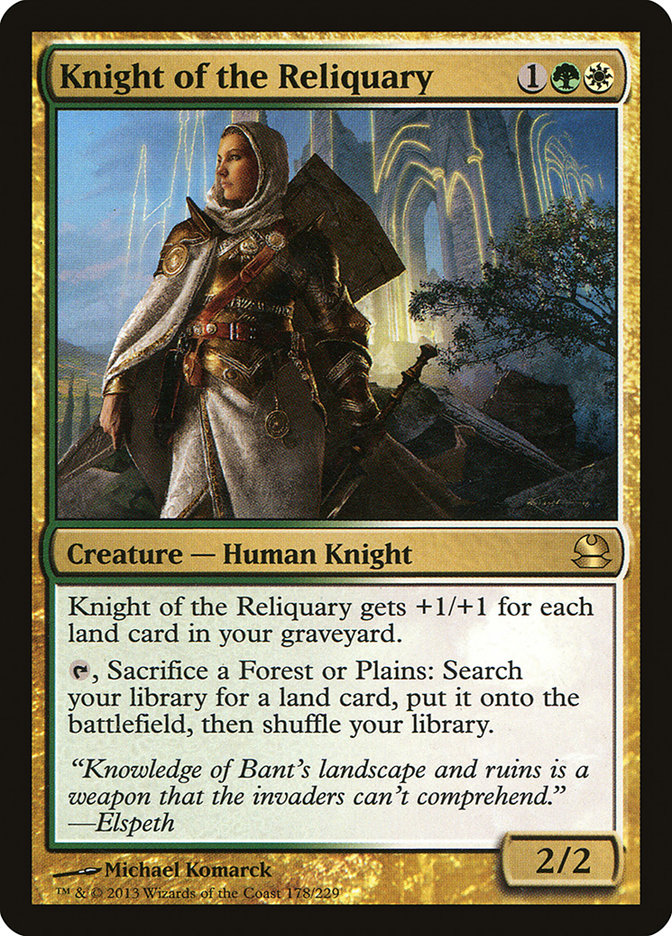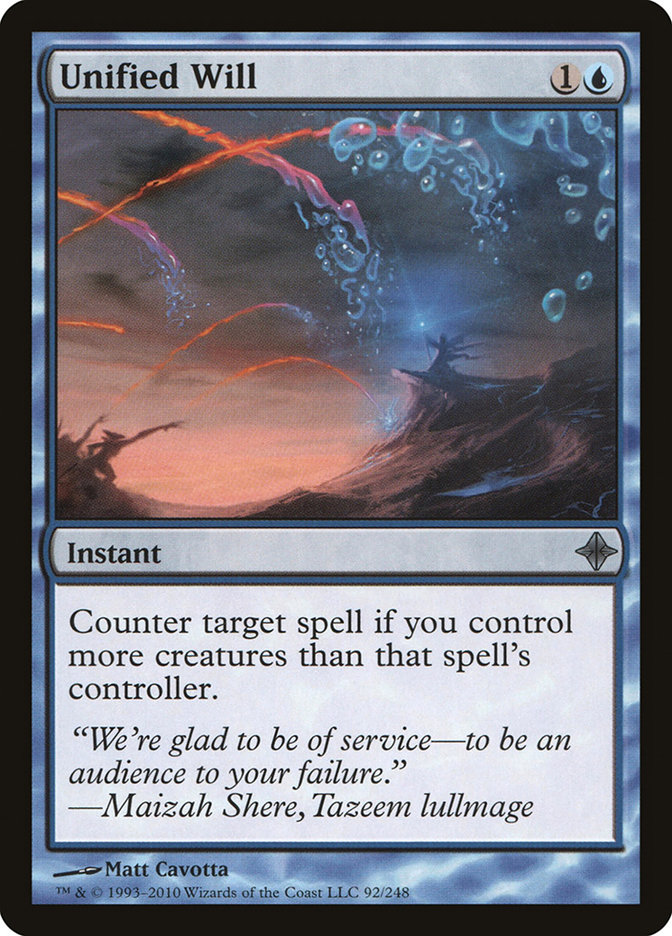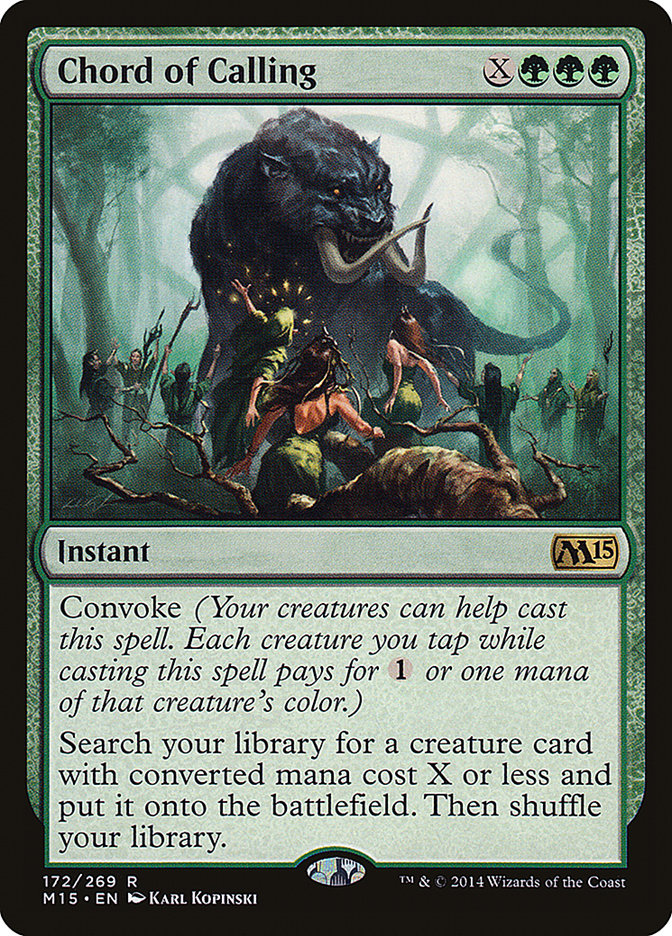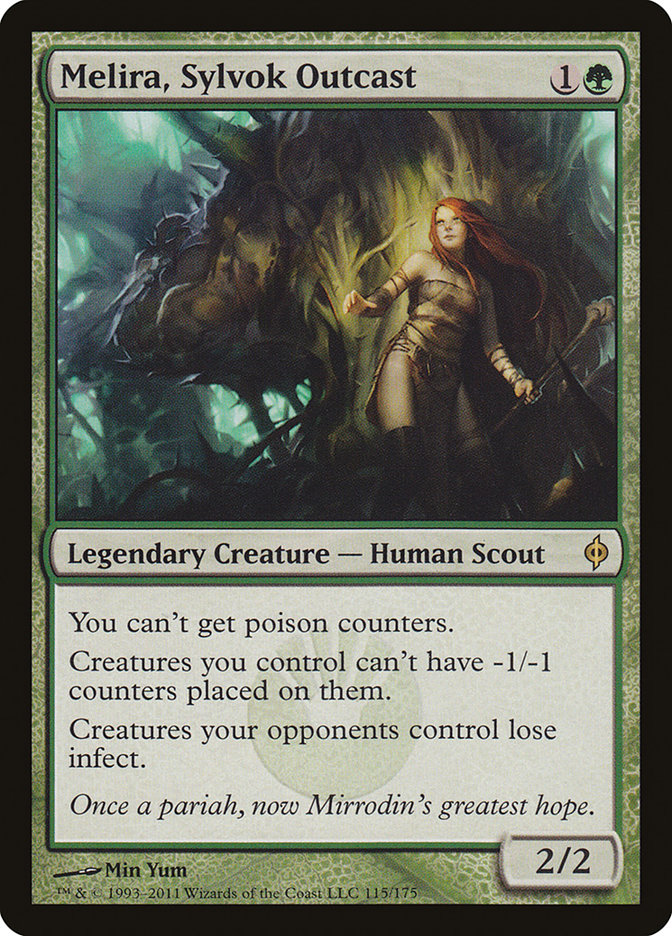Looking at the results of the various Modern tournaments two weekends ago, it’s clear that Collected Company is back as a major player in the metagame. However, to me, there’s been something…off about the deck that for a while I couldn’t precisely place.
Mana creatures and an arbitrarily large combo backed up by anemic beatdowns should be right in my wheelhouse, but I don’t get excited by looking at the current lists. Why?
Perhaps that’s because I’m blinded by the power of Birthing Pod.
I played incarnations of that deck exclusively in Modern up until the card was banned, and while the combo of Melira, Sylvok Outcast; Viscera Seer; and Kitchen Finks was an important part of that deck, it wasn’t central to its operation. By the end of the deck’s run, I would wager that you comboed in fewer than 10% of your games. It was the threat of the combo and unparalleled access to a toolbox of creatures via a virtual Planar Portal that did the heavy lifting.
The same could not be said of the early versions of Counters Company. All of the combo cards are weak individually, with the exception of Devoted Druid as a mana creature, but the need for Birds of Paradise and Noble Hierarch means that the deck has more air, further punishing the weak power level of its individual cards. Straight G/W lists were playing four copies of Duskwatch Recruiter and Vizier of Remedies, which aren’t going to beat most Modern decks on their own.
Powerful and disruptive elements like Voice of Resurgence were forced to the sidelines, and while the combination of Kitchen Finks, Collected Company, and Eternal Witness can grind removal-heavy opponents out, the creature plan of Counters Company is not as strong as Birthing Pod’s was, or even previous versions of Abzan Company. This is a combo deck, through and through, but one that nearly every deck is prepared to interact with. Creature removal isn’t going anywhere, so the deck needs to adapt.
Most commonly, and unsurprisingly, these adaptations were found in the sideboard of Abzan variants of the deck. Consider Michael Steinecke’s Top 8 list from #GPCopen:
Creatures (30)
- 4 Birds of Paradise
- 2 Eternal Witness
- 4 Devoted Druid
- 4 Kitchen Finks
- 2 Noble Hierarch
- 1 Qasali Pridemage
- 2 Viscera Seer
- 1 Scavenging Ooze
- 1 Fiend Hunter
- 1 Tireless Tracker
- 3 Duskwatch Recruiter
- 1 Rhonas the Indomitable
- 4 Vizier of Remedies
Lands (22)
Spells (8)

The maindeck doesn’t have much in the way of an aggro plan. The only disruptive elements are singletons in the toolbox: Fiend Hunter, Scavenging Ooze, and Qasali Pridemage. Without Gavony Township, the creatures are going to be outclassed in combat by most decks, and you’re forced to race any other combo deck, which means playing for the combo as quickly as possible.
The sideboard helps out with some much-needed removal, hand disruption, and various bullets against other linear decks. But how much is that moving the needle, especially when your opponents are bringing in their own sideboard cards for the matchup?
Counters Company may have been among the most popular decks at the top tables two weekends ago, but it was also among the most popular decks to begin with. Only a single list managed to break through into the Top 8 of any of the three major tournaments, which suggests that the deck faltered against top competition prepared to answer a Devoted Druid early and often.
Since the deck is so straightforward to prepare for, despite its power I don’t see it lasting very long at the top tables without significant evolution. The deck isn’t resilient enough to justify being so linear when the answers to the combo are among the most commonly played cards in the format.
Fortunately, those same tournaments already gave us a glimpse as to what those evolutions should be.
The common thread in these lists is that they are all much more capable of winning games without generating infinite mana, thus providing them the necessary resilience to compete in the face of a more prepared metagame and false tempo to keep their opponents off balance.
I’ll start with Kenta Masukado’s ninth-place list from #GPKobe:
Creatures (31)
- 4 Birds of Paradise
- 2 Eternal Witness
- 3 Magus of the Moon
- 4 Devoted Druid
- 3 Noble Hierarch
- 4 Knight of the Reliquary
- 3 Duskwatch Recruiter
- 2 Renegade Rallier
- 1 Walking Ballista
- 1 Rhonas the Indomitable
- 4 Vizier of Remedies
Lands (21)
Spells (8)

The obvious addition here is Magus of the Moon. Blood Moon has been a sideboard mainstay in Modern for years, to the chagrin of many players who simply want to cast their spells. It’s an effect that can win games by itself if you catch an opponent unprepared, which makes it perfect for a deck that is trying to pack a secondary gameplan into a low number of slots.
Magus of the Moon clearly fits here over Blood Moon since you can find it off Collected Company and Chord of Calling, but having the effect on a 2/2 body has historically made it much worse, since it’s vulnerable to one of Modern’s best cards, Lightning Bolt, which is always castable under a Blood Moon.
But we’re in a new era of Modern, one dominated by Fatal Push and Path to Exile as the cheap removal of choice because of the need to answer super-sized Tarmogoyfs and Death’s Shadows. Lightning Bolt is seeing less play now than at any other time in recent memory, which makes the format especially vulnerable to Magus of the Moon.
Death’s Shadow builds of all kinds, Eldrazi Tron, even Affinity are all decks that don’t want to see a Magus of the Moon across from them. Dredge, even with Conflagrate, is annoyed by the card since they are forced to answer it immediately so they can access Life from the Loam, a key part of their engine. That one card gives the deck an entirely new dimension.
The far less flashy, but no less important innovation in this list is Knight of the Reliquary. It doesn’t help the combo outside of tutoring for a Kessig Wolf Run to use as a sink for 89783027389302 mana, but it sure can apply the beats. Knight of the Reliquary can outclass those Tarmogoyfs and Death’s Shadows in combat or clock combo decks with ease.
Unlike the other creatures in the deck, this one demands an answer and thus has the ability to put opponents in the unenviable position of trying to beat it on the battlefield or leaving themselves vulnerable to Devoted Druid.
These additional elements aren’t that significant in a vacuum: a Moon and a big creature. Answers to these cards exist and see play, but when you put them in combination with the Vizier-Druid combo and Collected Company, you have the ability to stretch your opponents too thin, just like Mardu Vehicles decks did with the combination of cheap aggressive creatures, powerful planeswalkers, and Vehicles. In Magic, as in evolution, there is strength in diversity.
Then next step is then to push Knight of the Reliquary to its limit, which Tzu-Ching Kuo did by blending the Devoted Druid Combo with the Knight of the Reliquary / Retreat to Coralhelm combo:
Creatures (31)
- 4 Birds of Paradise
- 4 Eternal Witness
- 4 Devoted Druid
- 4 Noble Hierarch
- 4 Knight of the Reliquary
- 4 Reflector Mage
- 2 Duskwatch Recruiter
- 1 Walking Ballista
- 4 Vizier of Remedies
Lands (20)
Spells (9)

It’s the Doublemint gum of creature combo decks. If Knight of the Reliquary weren’t a must-answer threat before, it sure is now that it can potentially end the game in one attack. Retreat to Coralhelm does good work as a value card here too, scrying you to whatever combo piece you’re missing, so the marriage here makes a lot of sense.
But what I’m even more excited by is the prospect of some real disruption here. Kuo utilizes Reflector Mage, but I’ve also seen lists with Spell Queller in the maindeck.
Whatever your choice, those creatures give the deck an element it didn’t have before. Reflector Mage seems especially potent in the mirror or against Death’s Shadow decks threat-light enough that they often won’t have another creature to cast on their next turn.
We all saw the huge tempo swings Collected Company and Reflector Mage generated in Standard, and that will help this deck beat down even without the aid of Knight of the Reliquary; a pile of two-power creatures that your opponent was too proud to kill can often be enough.
Blue also opens up the sideboard to cards like Unified Will and Meddling Mage that give the deck great answers to opposing combo and control decks. These additional tools make me confident that this version of the deck can sideboard significantly down on the Devoted Druid / Vizier of Remedies angle of attack should the matchup dictate it, an important tactical option that the previous lists have lacked. Either your opponent will prepare for something that isn’t there or they’ll have to play a guessing game of how much of the combo you’re leaving in and how many resources they can afford to dedicate toward stopping it.
The viability of the Naya list is directly proportional to how well-positioned Magus of the Moon is in the metagame, while the Bant lists are more generically powerful. As such, the former is something to keep an eye on and play selectively, while the latter looks to be the future of the archetype.
And I say that despite there being an even more interesting list utilizing the Devoted Druid / Vizier of Remedies combo, Martin Juza’s Vizier Elves deck:
Creatures (34)
- 4 Llanowar Elves
- 4 Heritage Druid
- 4 Devoted Druid
- 3 Nettle Sentinel
- 2 Elvish Visionary
- 4 Elvish Archdruid
- 4 Ezuri, Renegade Leader
- 4 Elvish Mystic
- 4 Dwynen's Elite
- 1 Vizier of Remedies
Lands (18)
Spells (8)

I featured the deck in a Daily Digest earlier this week, so you can find more comments on the list there, but I wanted to take some time to highlight the importance of playing only one Vizier of Remedies.
Earlier, I drew comparisons from Collected Company decks to Birthing Pod, noting that part of the power of the latter was that the deck didn’t rely on its combo. Those who have been playing Modern for a while will remember the origins of Melira Pod, when it much more combo-oriented with multiple copies of each combo piece. Just like these Collected Company decks, it led to more fast combos, yet also left the deck with a low individual power level.
As the deck gained more tools and became more refined, the need for the combo diminished until lists were playing only a single copy of namesake card Melira, Sylvok Outcast. Vizier of Remedies is this deck’s Melira, a cheap creature with a small body and an ability that is rarely relevant outside of the combo. You’re playing four because you need to find them early to combo, but you really don’t want to draw them in excess, and that contradiction is always going to hold the archetype back.
Because Elves has an already powerful gameplan, it gets to limit the number of copies of Vizier of Remedies to one, finding it with Chord of Calling or Collected Company only when necessary, and rarely getting stuck drawing it when it’s bad. When it comes to building combo decks, that’s the ideal, and as a result I’m personally drawn to this version more than any of the others. It doesn’t have the raw power of Knight of the Reliquary, but the potent tribal synergies, supplemented by the combo, give the deck plenty of must-kill threats with ways to find more copies of them.
Unsurprisingly, the two lists I favor most are mashups of the Devoted Druid combo with another established archetype. The evidence so far suggests to me that, while powerful, the combo is not good enough to be the focus of a Tier 1 deck. Rather, its ultimate place will be as one cog in a larger machine. Vizier of Remedies will meet the same fate as Melira, Sylvok Outcast, diminishing in importance over time as players become so focused on the combo that they are vulnerable to a list that subverts their expectations.
I spent over a year lamenting my fate every time I drew Melira, Sylvok Outcast against a deck other than Infect; I can only imagine how frustrating it is to draw three copies of a card that’s often worse than Youthful Knight!
If you’re looking to play Collected Company this weekend at #SCGCHAR, work on making your build as un-reliant on the combo as possible.



